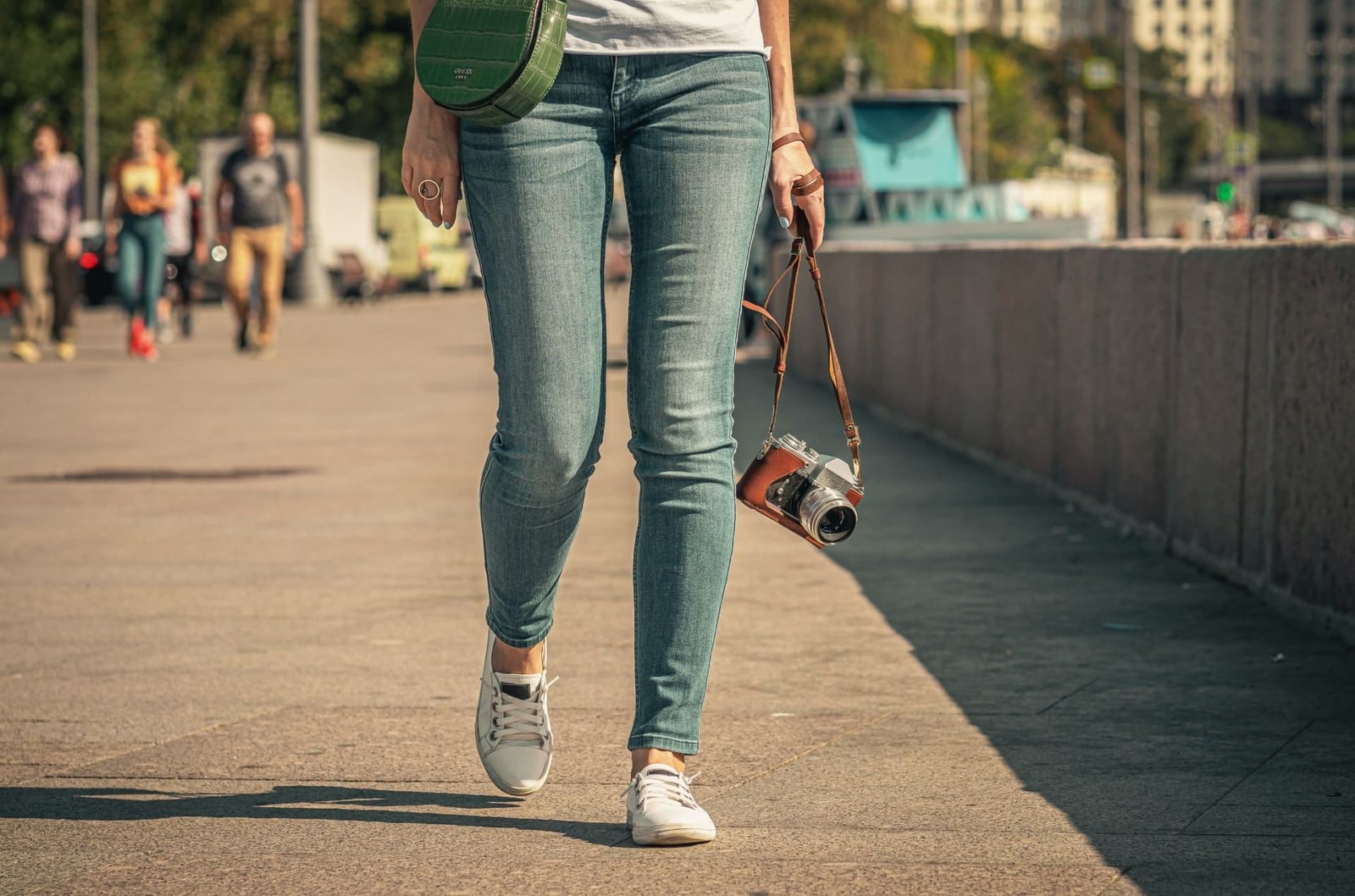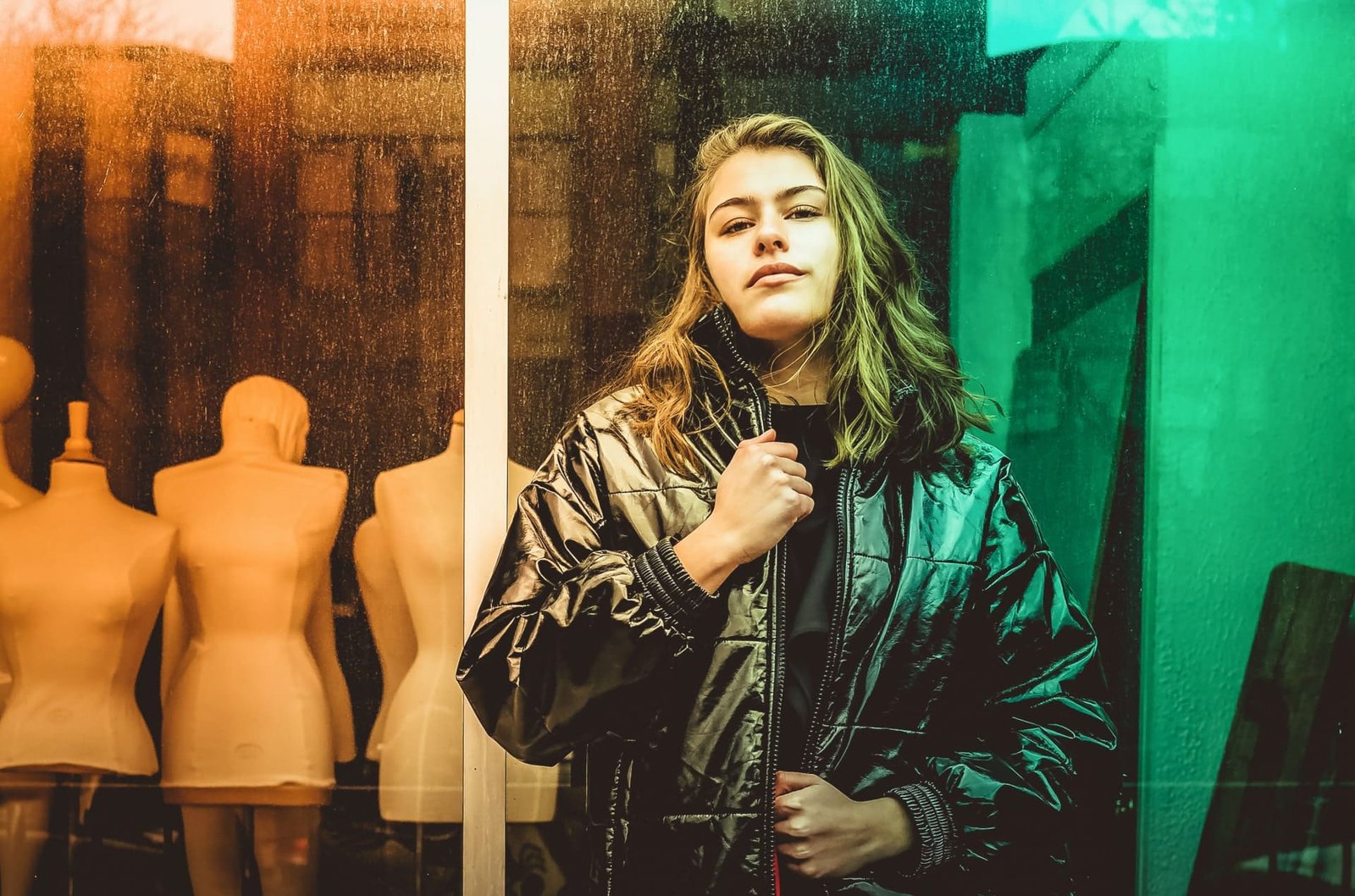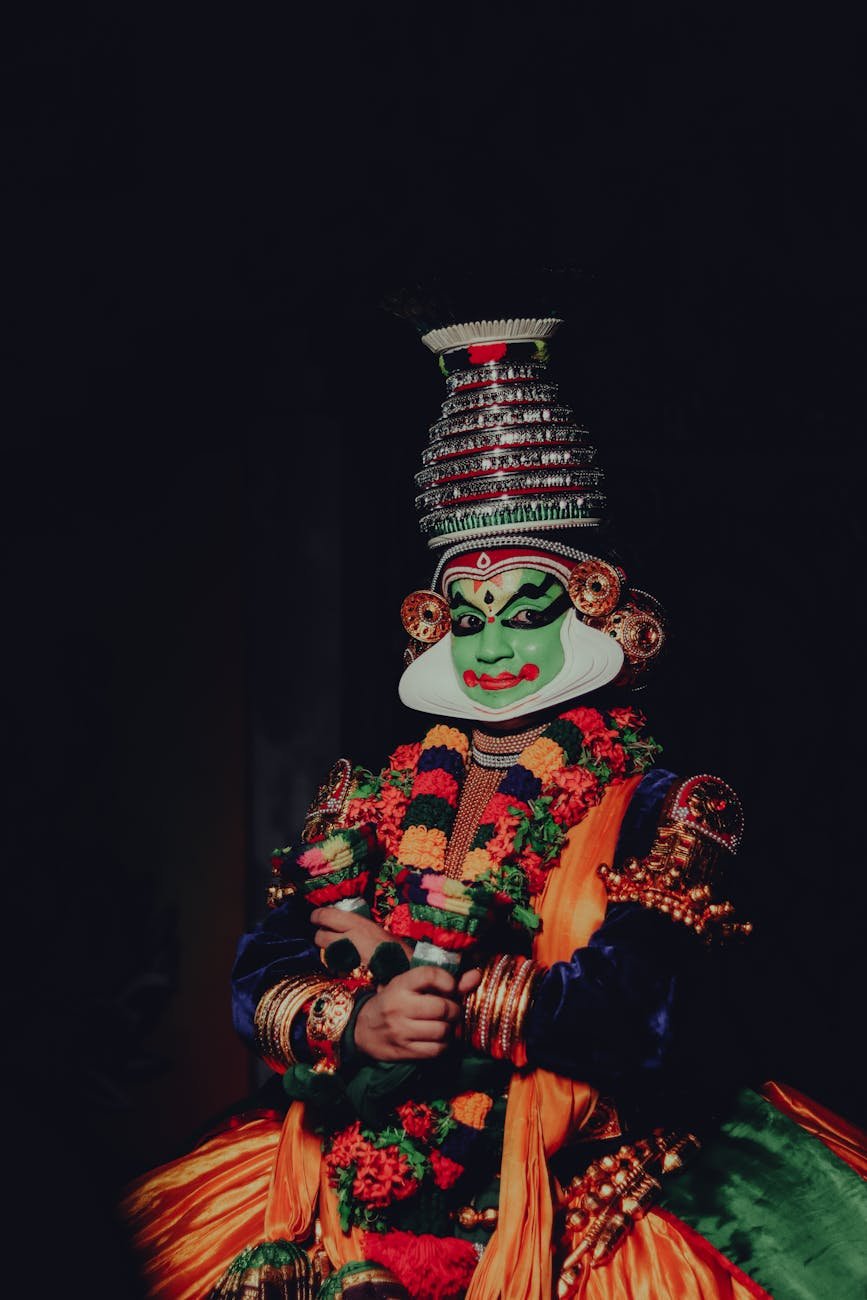
Fashion is no longer just stitched by hand or sketched on paper. In 2025, algorithms, data, and artificial intelligence are stepping onto the runway. Welcome to the age of Digital Couture—where machines don’t just make clothes; they design them.
This is not science fiction. This is the new fashion frontier.
🤖 What Is Digital Couture?
Digital couture refers to fashion created, enhanced, or influenced by AI and technology. It’s a space where data meets design, where trends are predicted before they even begin, and where clothes adapt to your body, your mood, and even the weather.
Think:
- AI-powered fashion sketches
- Custom-fit garments generated by body scans
- Virtual try-ons before you even buy
- Entire collections designed by machine learning tools
Fashion, once ruled by instinct and imagination, now shares space with code.
🧠 How AI Designs Clothes
Here’s how AI is reshaping design studios in 2025:
1. Trend Prediction
AI systems analyze billions of data points—social media, search trends, runway footage, and even political movements—to predict what styles, colors, and cuts will trend next season.
Example: A platform like Heuritech scans Instagram photos to forecast fashion trends with 90% accuracy.
2. Sketching & Prototyping
Tools like Fashwell or Cala allow designers to input a concept, and the AI generates hundreds of design variations—saving hours of manual work.
Some designers even use DALL·E to visualize print patterns, textures, or avant-garde silhouettes.
3. Customization & Body Scanning
Brands now scan your body using your smartphone camera and create made-to-measure digital patterns—no tape measure needed.
Your custom dress? AI will make sure it fits you and only you.
🛒 Shopping in the Age of AI
Here’s how AI is changing how we buy fashion in 2025:
- Virtual Try-Ons: With AR and AI, you can see how a dress fits on your real-time body through apps like Zara’s Smart Mirror or Amazon Virtual Wardrobe.
- AI Stylists: Personal assistant bots learn your taste and curate entire outfits for you.
- Voice Fashion Search: Just say “Find me a pastel saree under ₹3000 with floral print” and your AI stylist will do the rest.
🧵 Brands Using AI in Real-Time
These labels are leading the digital revolution:
- H&M: Uses AI to track stock and predict what’s trending in each region. Their Looptopia game on Roblox also lets users design virtual outfits.
- Stitch Fix: A personal styling platform where AI + human stylists create custom outfit boxes.
- The Fabricant: A digital fashion house that creates only virtual garments—no cloth, no waste.
- Revery.AI: Letting consumers “try on” clothes digitally before purchase, reducing returns and carbon footprint.
🌱 Sustainability Through AI
One of fashion’s biggest problems has been waste. AI helps fix that.
- On-demand production: Only produce what’s ordered.
- Smart inventory: Avoid overstocking and landfills.
- Predictive sizing: Reduces returns and shipping costs.
Result? Less fabric, fewer returns, and lower carbon emissions.
🎮 Digital Fashion for the Metaverse
Fashion is no longer limited to the physical world. Now, people are buying clothes for:
- Their avatars in games like Fortnite or Roblox
- AR selfies on Instagram
- NFTs and digital collectibles
Brands like Gucci, Balenciaga, and Nike have launched digital fashion lines that exist only online—and they’re making millions.
🎓 Fashion Education Meets AI
Fashion schools like Parsons and NIFT are now teaching AI, data science, and digital fabrication alongside traditional draping and sketching.
Designers need to code, and coders need to understand design.
⚠️ The Debate: Is AI Killing Creativity?
Critics worry that AI might replace human designers. But most experts believe it’s not about replacement—it’s about enhancement.
AI can generate ideas, but the emotion, story, and soul still come from the human mind.
In short: AI is your co-pilot, not your competition.
👗 The Future Is Fabricated
Digital couture is not just a trend—it’s a transformation. Fashion will always be about self-expression. But now, it’s also about smart choices, fast innovation, and limitless creativity.
As one AI fashion designer put it:
“Your outfit can now be as intelligent as your phone—and as personal as your fingerprint.”







